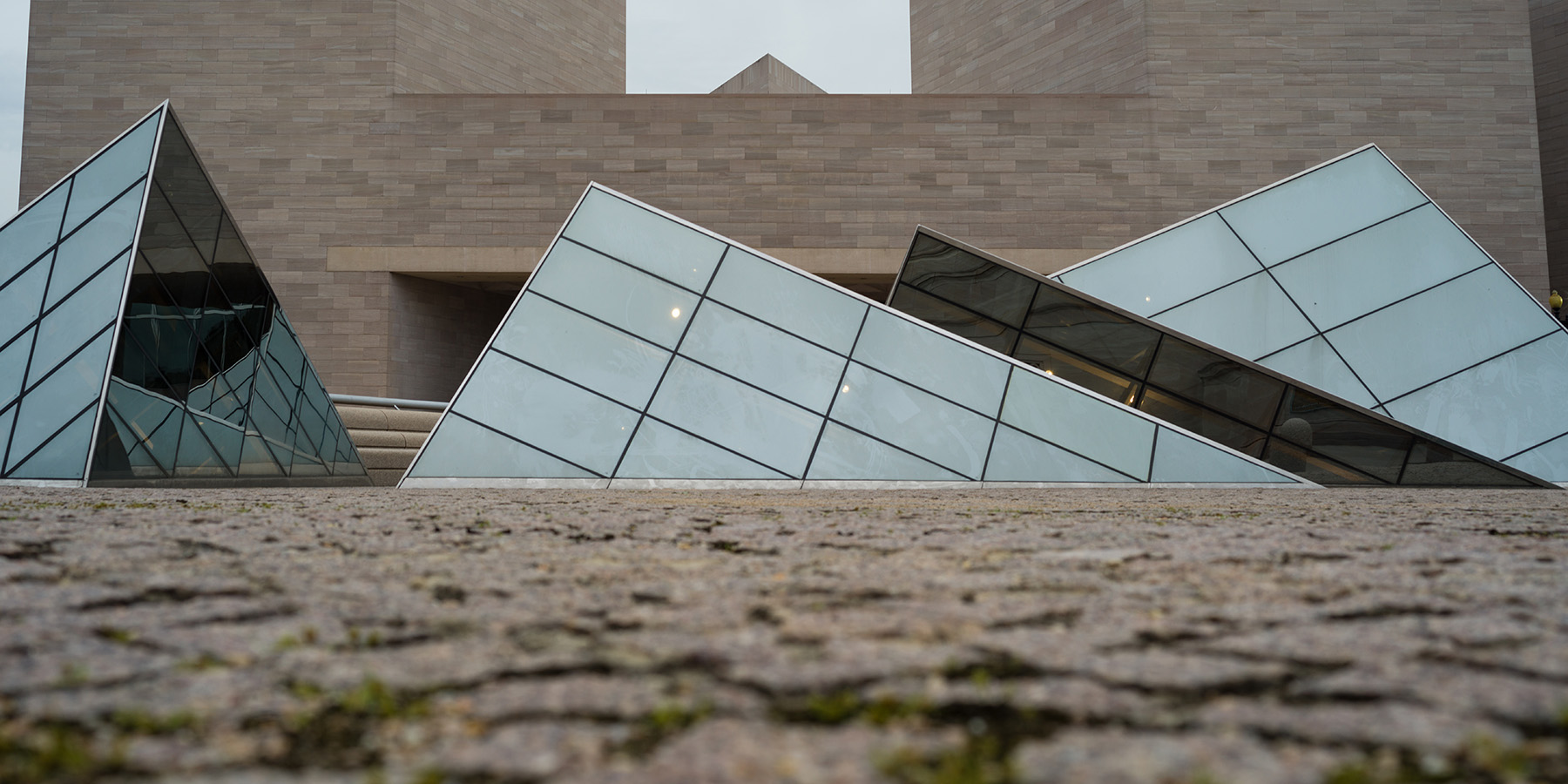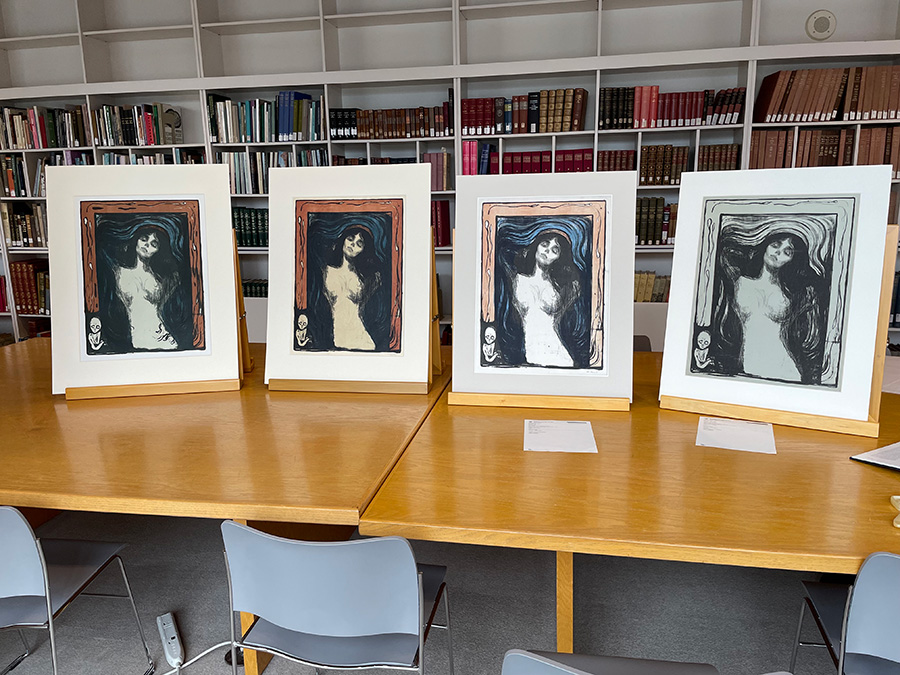During my fellowship, I traveled to Boston, Philadelphia, and New York to visit institutions and archives to support my research and curatorial work. In Boston, I gathered material from the Clarence J. Gamble Archive in the Countway Library of Harvard Medical School. Gamble was Sally Epstein’s father; a longtime collaborator of Margaret Sanger, an American birth control activist; and the founder of Pathfinder International, an organization that has only recently begun to reckon with how its founder’s racist and eugenicist beliefs determined its work. I also visited the MassArt Art Museum to study the curatorial strategies of their exhibition Designing Motherhood: Things That Make and Break Our Births. Like my exhibition, Designing Motherhood combines art with material cultures of health and medicine. In Philadelphia, I spent extensive time at the Mütter Museum at the College of Physicians, studying both its collection and display strategies. In New York, I focused largely on the Whitney Biennial 2022, including the work of disability activist artist Emily Barker.
In addition to collections and archives research, I continued my writing and curatorial work for Edvard Munch and the Medicalization of Modern Life. During the period of my fellowship, I worked especially intensely on the checklist for the exhibition and editorial work for the catalog. In partnership with my colleagues at the Munch Museum, I largely completed the checklist and remaining loan letters, finalized the catalog concept, issued the remaining invitations to contributing authors and artists, and worked with the museum’s internal teams to develop strategies for outreach, in particular to our special target group, health-care workers and their families. In addition, I completed a proposal, which I had been invited to submit, for a set of contemporary art interventions to take place in conjunction with the exhibition.
Queen’s University
Ailsa Mellon Bruce Visiting Senior Fellow, summer 2022
Allison Morehead will return to Queen’s University in the fall of 2022 as associate professor of art history and continue curatorial work on the exhibition Edvard Munch and the Medicalization of Modern Life.


